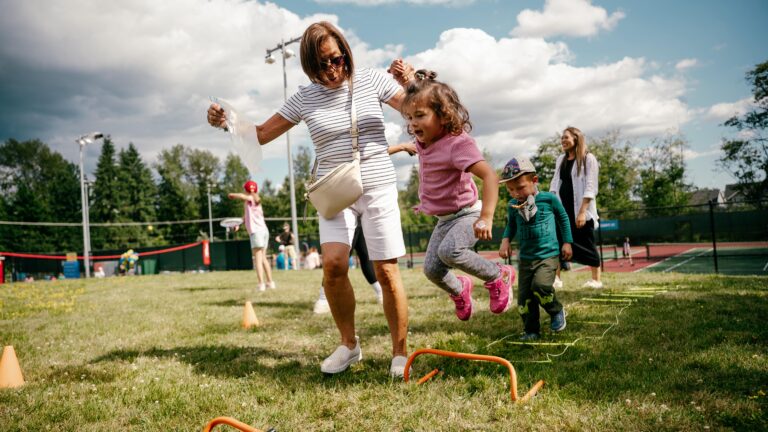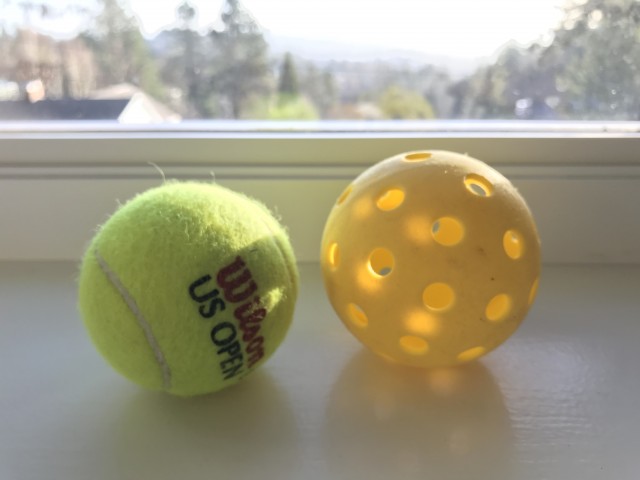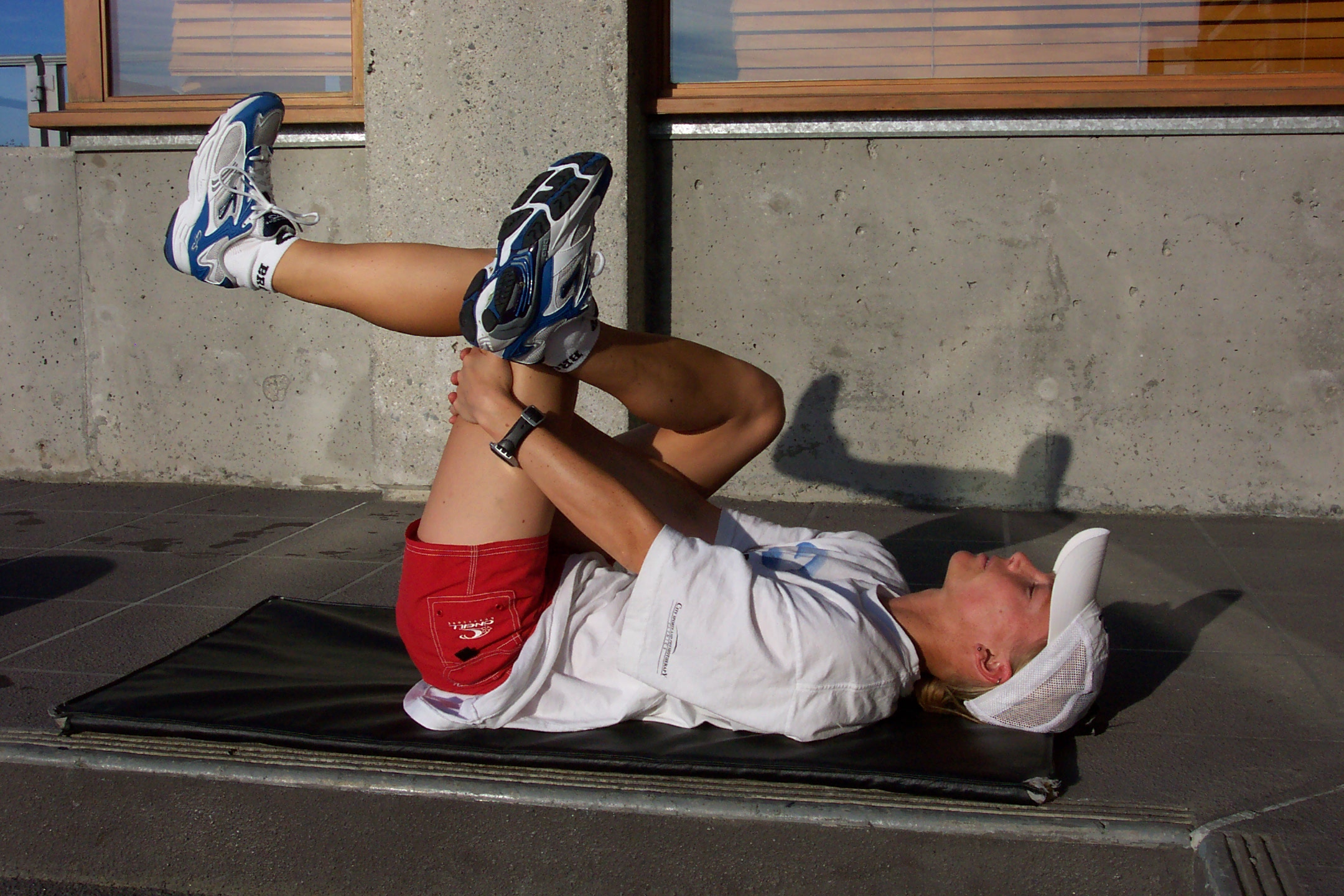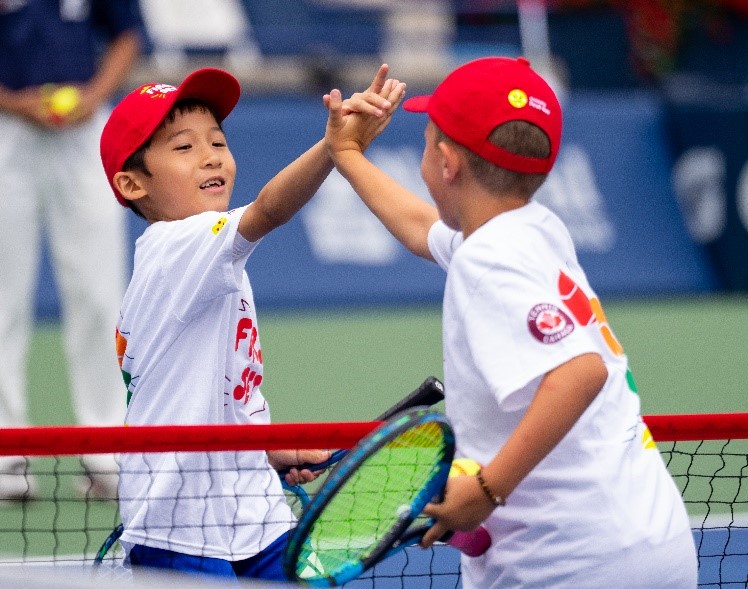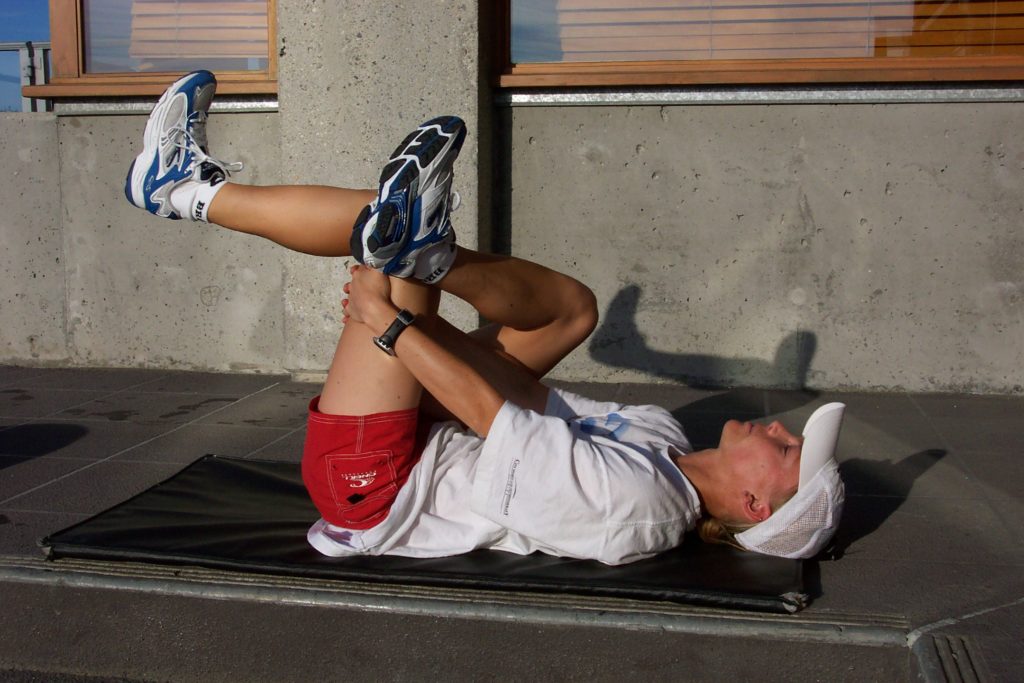
Keeping You Fit to Play™ – ABCs of Tennis Training (B1 & B2)
By Carl Petersen BPE, BSc. (PT)
BALANCED TRAINING PROGRAMS
Balanced training means a correct ratio of time spent on the different the components of fitness and performance. These include suppleness (flexibility), stamina (both aerobic and anaerobic), stability and strength as well as speed, coordination, and on-court tennis drills. All are important components for improved tennis fitness and performance and should be included in your weekly program. Obviously where you are in your yearly training cycle and the different activities (other sports) you participate in will have different demands and will require more emphasis on one type of training than another.
Example:
Each training week or cycle should include the proper amount of rest or alternative activity to allow for adequate adaptation to occur. Training-to-rest ratios vary depending upon the energy systems used, the activity or sport, and the personality and training age of the athlete. Below are general guidelines for healthy adults working on improving fitness. For specific guidelines for developing players consult your physiotherapist or fitness coach. Several components of fitness can be combined during one session/workout.
Training the different components of fitness can be done as follows:
- Suppleness (flexibility) 5–6 x per week
- Stamina (aerobic) 4–6 x per week
- Stamina (anaerobic) 2–3 x per week
- Stability and Strength 2–3 x per week
- Skill (tennis and other sports) 4–5–6 x per week
- Power and Speed 1-2 x per week
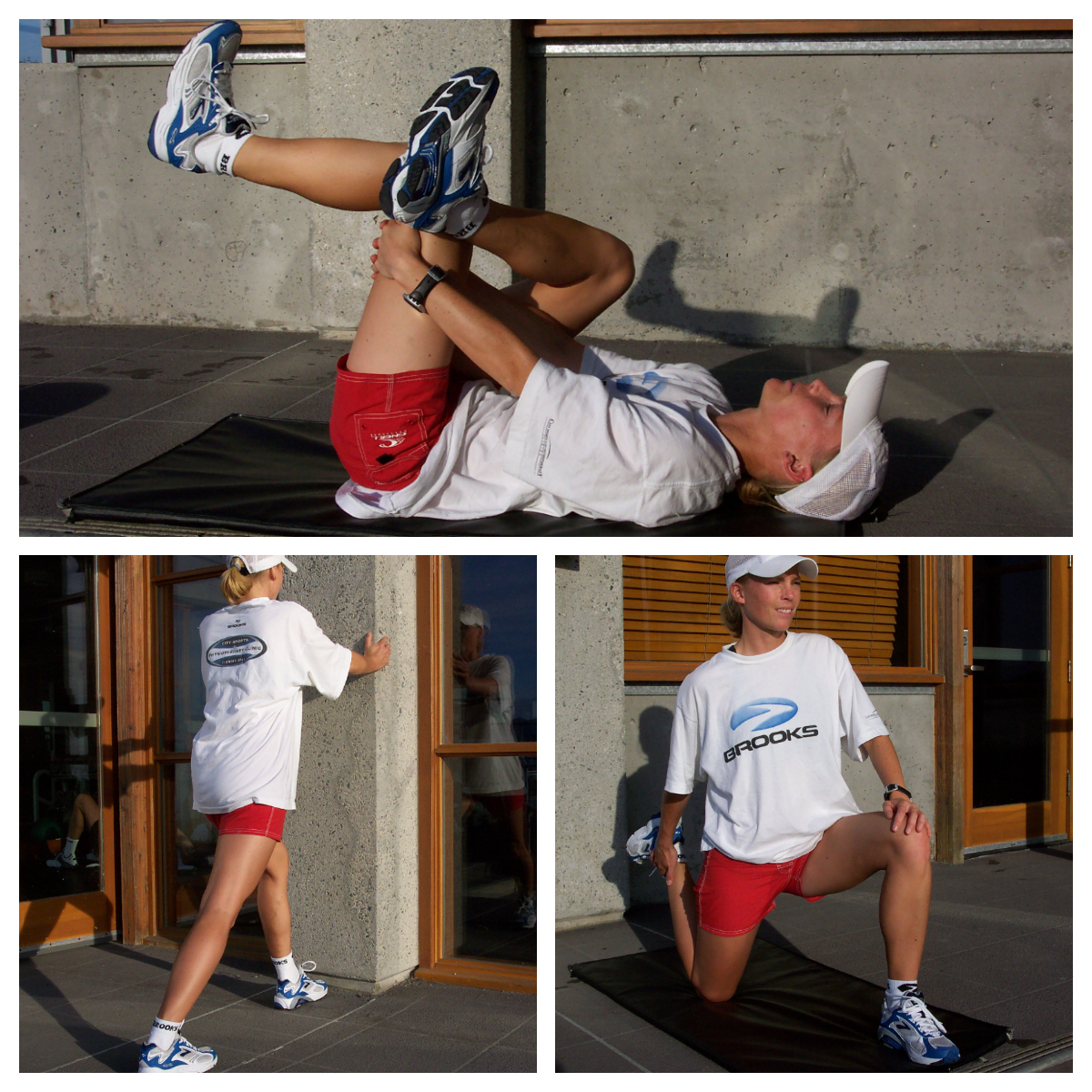

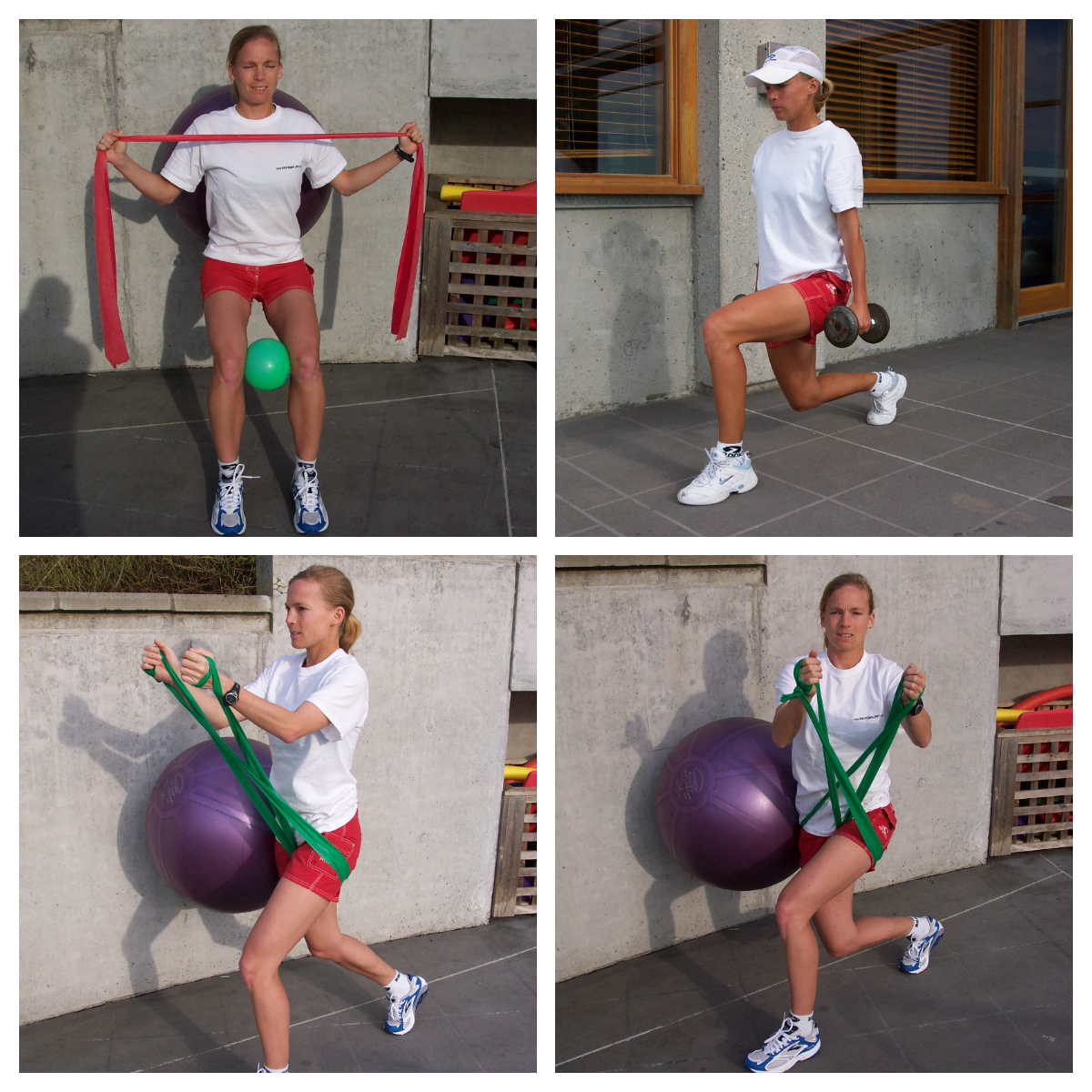
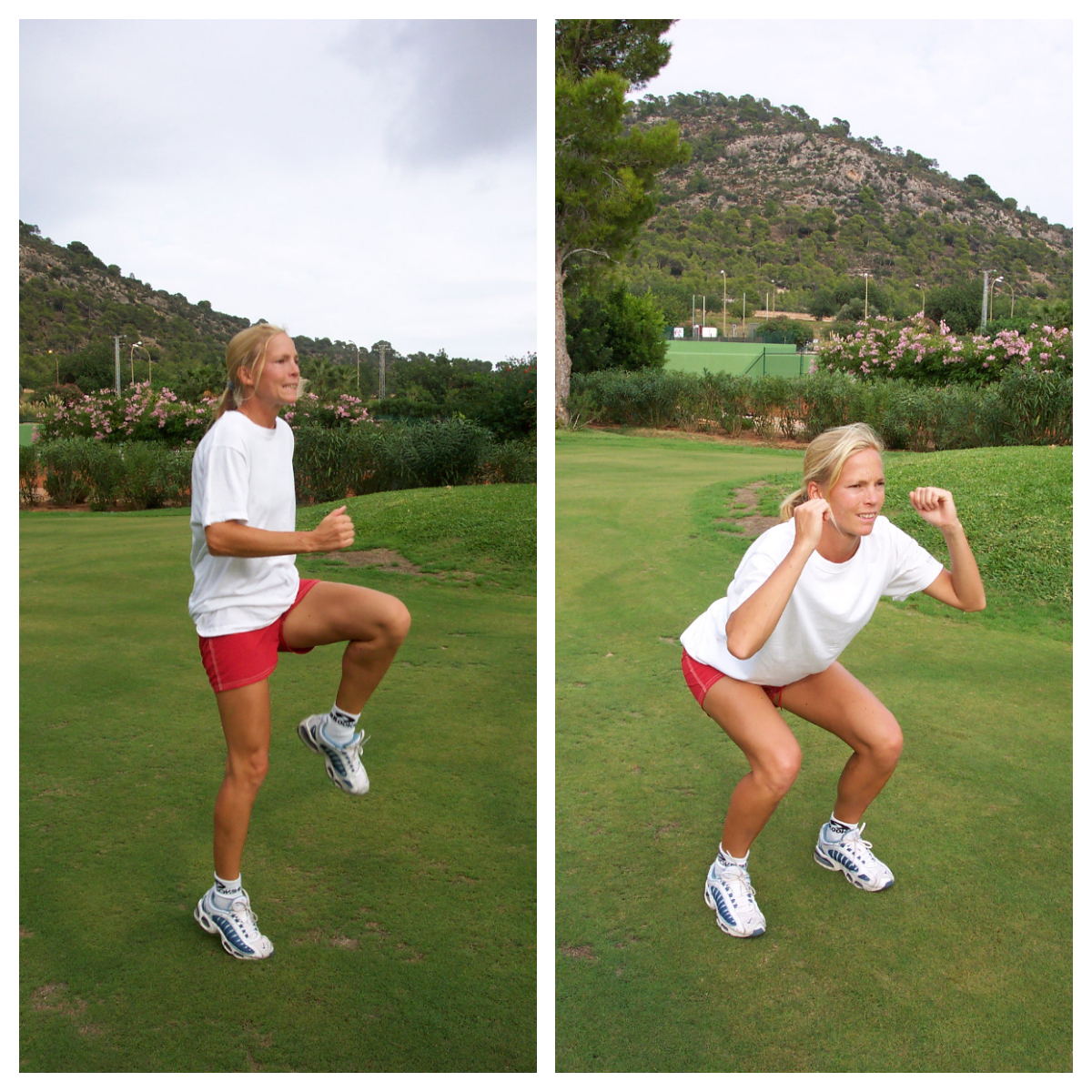
BEFORE AND AFTER: SEQUENCING YOUR TRAINING AND PRACTICE SESSIONS
Off and On-Court
- Sequence your warm up, fitness training, and strength and practice sessions as outlined below to improve your ability to perform.
- Follow a logical sequence from easy to hard training and simple to complex exercises.
- After a proper warm-up on-court drills should start with higher intensity more complex movement patterns that are anaerobic-alactic in nature (less than 15-20 seconds) that cause short term fatigue and progress and end with longer endurance type drills that are more anaerobic-lactic in nature (20 seconds to 2 minutes).
Example:
- Fast feet or agility drills before general training
- Build up continuous running before doing sprint or hill training.
- General stability training before strength training exercises before hopping and bounding drills.
- Properly sequencing your training and practice during the day is important to avoid them interfering with each other.
- Correct sequencing also helps minimize central nervous system (CNS) fatigue so you will be better able to learn new skills including agility, balance & coordination drills as well as on-court technical training.
For more training and exercise sequencing ideas as well as comprehensive information on Keeping You Fit to Play™ & Perform see the resources below.
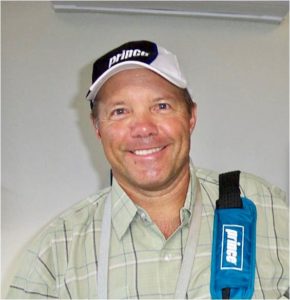 Carl Petersen is a partner/physiotherapist at City Sports Physiotherapy Clinic in Vancouver. He is an internationally recognized speaker and has co-authored the book Fit to Play™ Tennis as well as a variety of other training resources with former WTA professional and current coach and exercise model Nina Nittinger based in Davos, Switzerland.
Carl Petersen is a partner/physiotherapist at City Sports Physiotherapy Clinic in Vancouver. He is an internationally recognized speaker and has co-authored the book Fit to Play™ Tennis as well as a variety of other training resources with former WTA professional and current coach and exercise model Nina Nittinger based in Davos, Switzerland.
